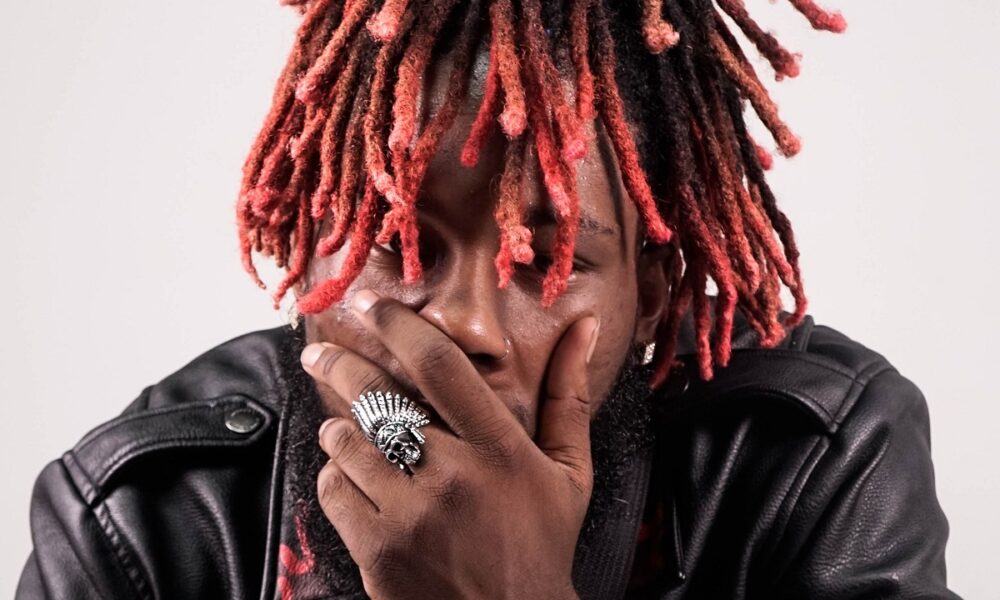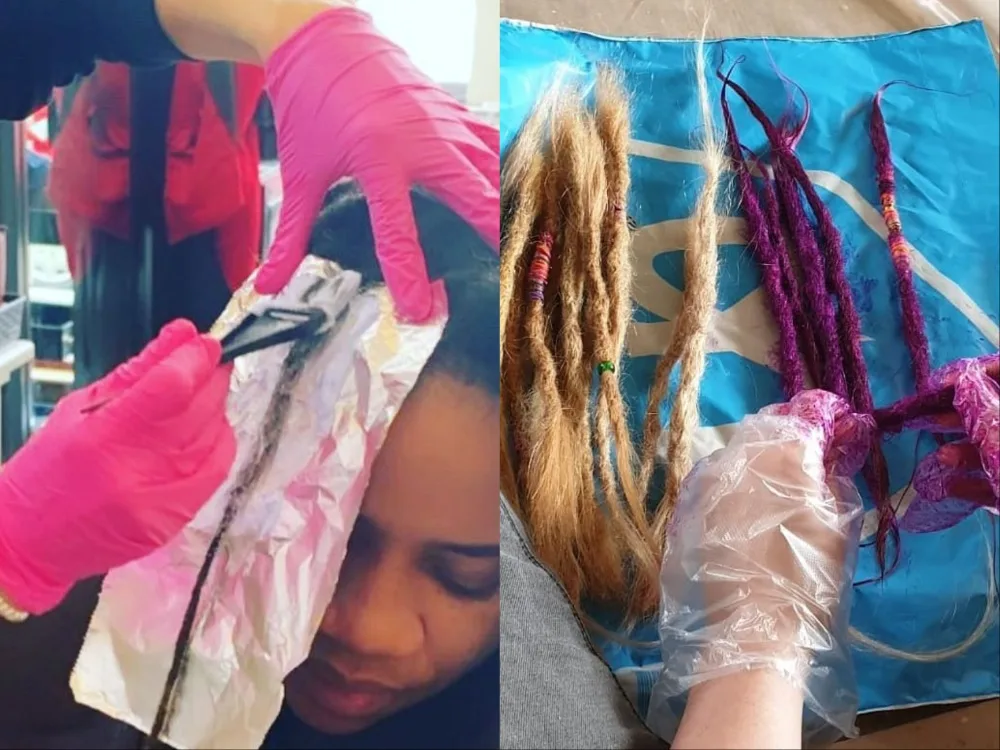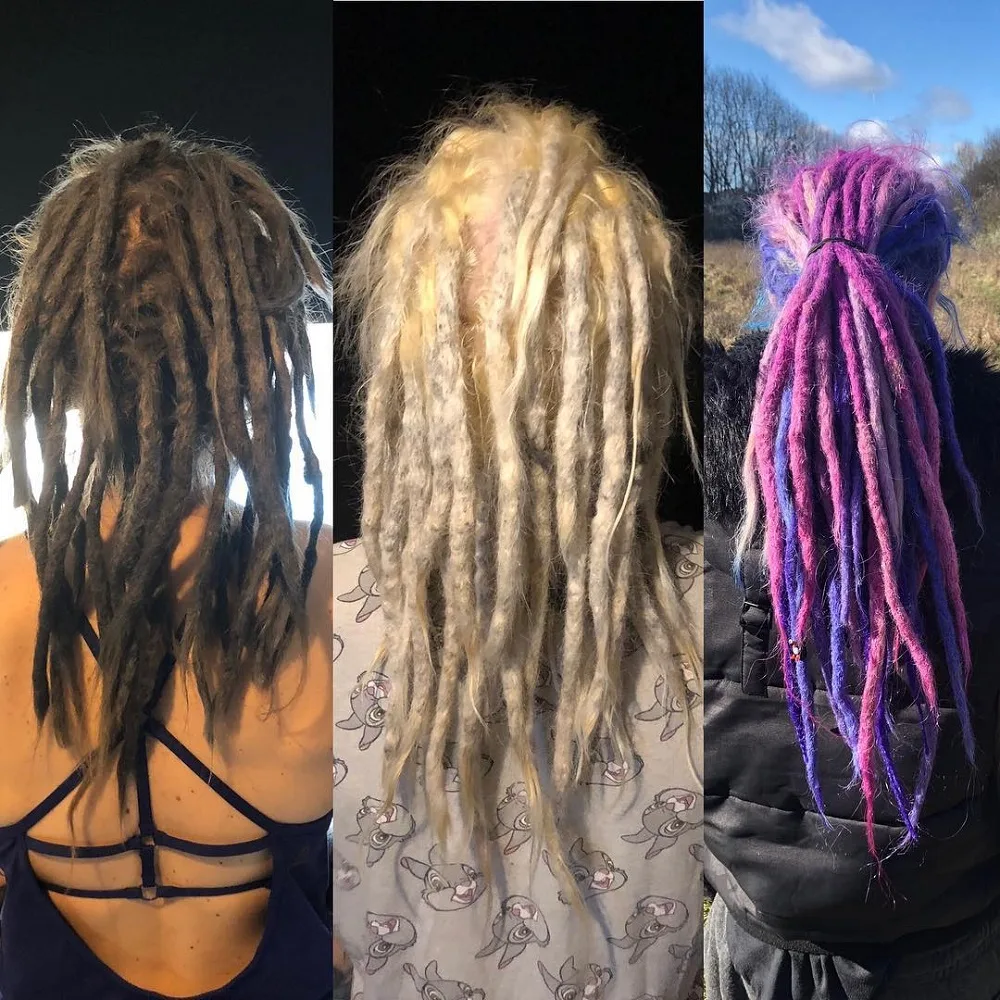
How to dye dreadlocks – step by step guide
Having a permanent hairstyle, or a long-term hairstyle, doesn’t mean you can’t make new changes. There are many ways you can replace your fears.
Have you ever thought of buying a new color for your dreadlocks? Yes or no, if you wear locks or if you want to know more about this hairstyle, then this article is for you.
Later I will detail the dying process of the dreadlocks, and the effect of this action on your precious hair.
Furthermore, I’ll give you some non-invasive alternatives that you can safely try on your own without taking any risks.
How to paint your fears

- First of all, if your dreadlocks are darker than the new color you want to achieve, then you will also need to bleach them. If not, you’re in luck, and you can skip it. I’m going to incorporate this step anyway.
- Decide what you want to paint. This can be all of your hair, the ends, some smurfs or any other part of your dreadlocks (including the roots).
- Get your products (bleach if you need, colors you want).
- Make sure your hair is clean and well dried. In case you have a dry or high porosity hair type, take your time to prepare it for this acid treatment, by deep conditioning your hair the day before coloring it. However, wash all products.
- If you have long, thick or many dreadlocks and you want to bleach them all, consider doing this task in several sessions, as the bleach needs to be applied quickly and left on for a certain amount of time. Leaving the bleach in for too long, or applying it superficially, will lead to disappointing results, or it may even damage the hair.
- Prepare the gloves, towel, or whatever you’re going to use to protect the surfaces you don’t want to ruin with your bleach or paint. Then, read the instructions for use for the products you are going to use, and make the mixture.
- Share the fears you want to start with, and link the ones you’ll do later. In case you don’t dye all your dreads, make sure that the ones you want to keep untouched won’t come into contact with bleach or dye. Better to do about three at a time.
- Take a brush and start applying the bleach or dye to your dreadlocks. Try to penetrate as much as possible from the inside, so you don’t get stains. move quickly and efficiently.
- Release another set of fears, one by one, doing the same thing.
- Once you’ve finished everything you want to bleach (or dye), take the remaining portion of your mixture and rub it over your locks with your gloves, making sure you catch all the stains.
- Cover your dreads with a designated hat, or a makeshift plastic bag, and let it stay for 20-35 minutes (check the prescription on the package, and don’t leave it on longer than recommended).
- After time has passed, remove your hat and wash your dreads with plenty of water. Wash your hair regularly with shampoo and conditioner. Follow this step very carefully, as you need to make sure you have removed all the products.
- Wring your dreads out in a towel, and let them air dry in the sun if possible.
- If you have successfully finished the bleaching part and want to add more color, wait, at least, until your smurfs are completely dry, before starting the cupping process. It will be even better if you give them a little break, and moisturize them well between the two chemical treatments. Once you are ready, follow the same steps mentioned earlier.
- Enjoy your final look, and be proud of your masterpiece.
So, now you know the process of bleaching your dreadlocks, let’s break down the pros and cons, or risks, of doing this.
This section will help you avoid damaging your hair and make the right decisions for the health of your dreadlocks.
What are the dark and light sides of bleaching or dying dreadlocks?
Everyone knows that bleaching or coloring your hair is a very acidic chemical process that can cause dryness, thinning or even breakage of your hair. The chance of affecting the hair in a negative way increases when the hair is already dry and has high porosity. Moreover, if you leave the bleach in for too long, it will attack your hair, even if it is in good condition.
However, if the hair is of low porosity, and has enough oils in it, the process of bleaching or coloring it can even have a positive effect on your dreads. Assuming it’s dyed or dyed correctly, your fresh dreads will be able to dry faster, and accumulate less grease.
How to avoid damaging your dreads when bleaching or dying them?

- Analyze the condition of your hair, and improve your hair care routine before the dying process.
- If possible, do this with the help of a professional loctician.
- Do a test on a small section of hair to see how it reacts with the chemicals you are about to use, in case you choose to do it yourself.
- Follow the exact instructions for application, waiting and washing.
- Try to use mostly organic, plant-based products without ammonia and other chemical products, like the well-known old henna, if that works for you.
- Follow a good hair care and maintenance routine.
After all, if you’re still questioning bleaching or dying your dreadlocks, the best thing you can do is opt for a non-invasive temporary coloring method.
In this situation, you can use colored hair wax, hair chalk, colored sprays or other temporary shades without bleaching the dreads. You will be surprised that some products also work on dark hair.
However, there are also some downsides here, as some can stain the material your hair touches (like your pillow), or they might not last too long.
Fortunately, coloring your dreadlocks can be fun and safe for any situation. I hope that I was able to give you the best advice and that you will have great results in coloring your dreads.
Common questions
Yes, bleach can damage your hair if it is high porosity or dry type, but if you prepare it well, and do the process like a pro, or you seek professional help, it can be safe for your hair.
Depending on your hair type, in some cases (low porosity hair, for example), bleaching your dreadlocks can be beneficial.
Yes, you can dye your dreads right after bleaching them, but it’s best not to. For best results, restore the nutrients your hair lost during the bleaching process, and do another chemical treatment after you’re sure the hair is in good condition again.